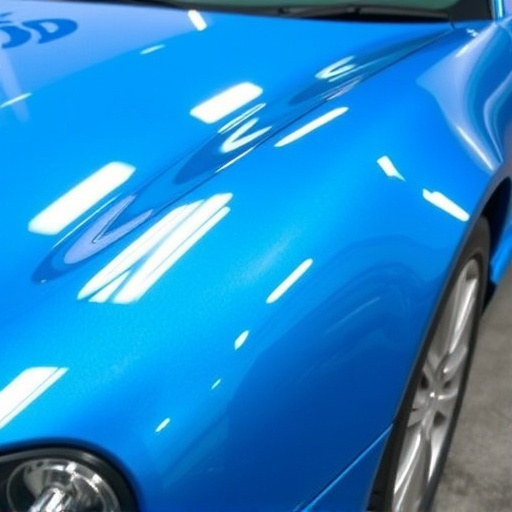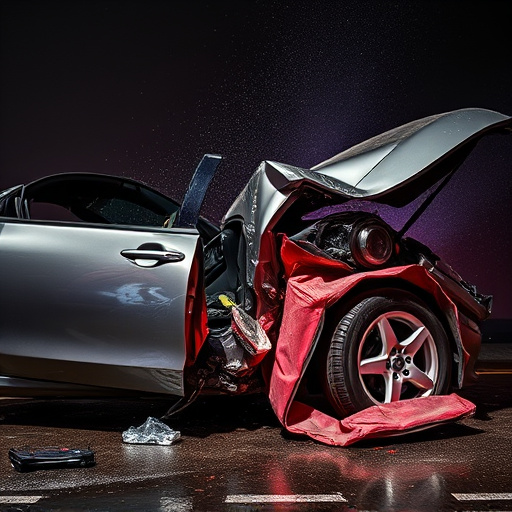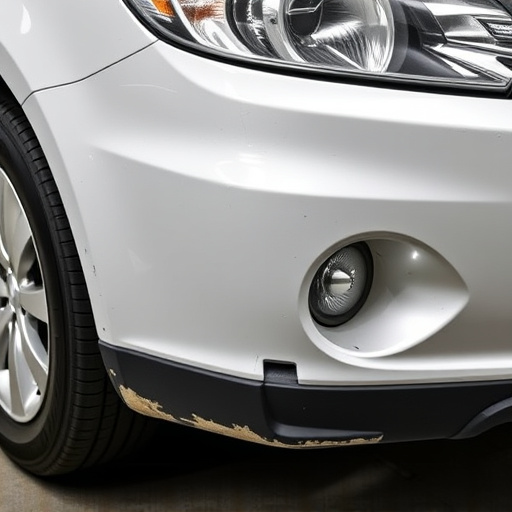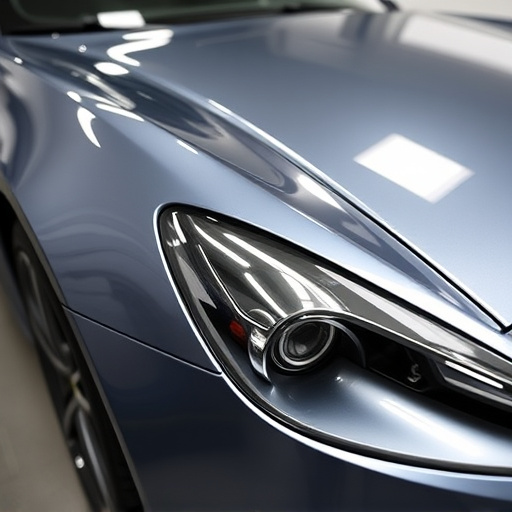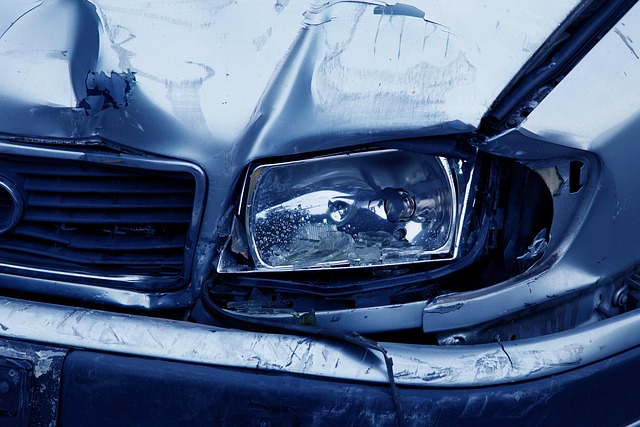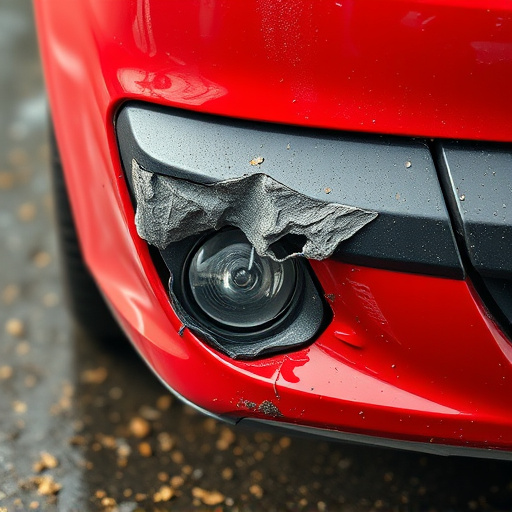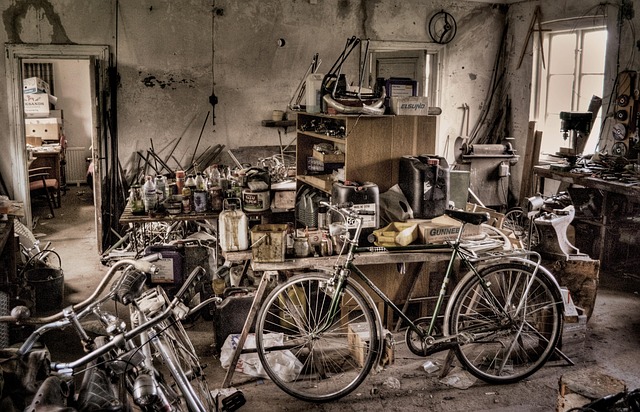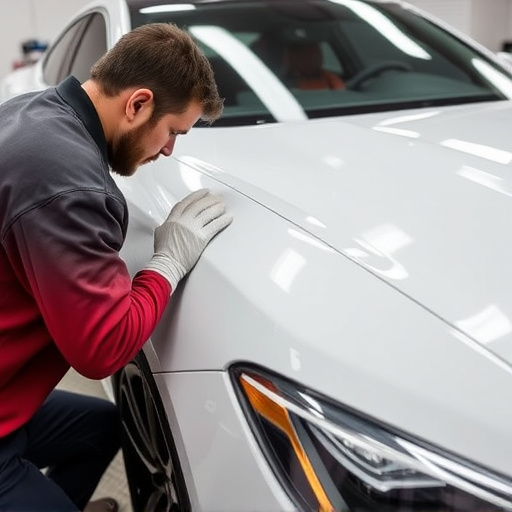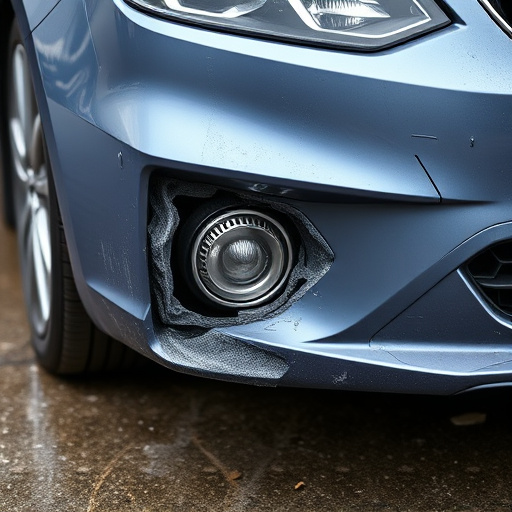Roof panel replacement is a vital aspect of modern car care, addressing both safety and cosmetic issues as vehicles age. Auto shops need specialized skills and tools to efficiently replace damaged panels, which can affect structural integrity if left untreated. The industry is evolving rapidly due to advancements in materials science and growing demand for efficient solutions. Modern methods, enabled by specialized tools and precision manufacturing, streamline the process, reducing repair times and costs. Roof panels play a crucial role in vehicle protection, making replacement common due to severe weather, age, and accidents, necessitating both structural and aesthetic repairs.
The impact of roof panel replacement on repair shop efficiency is a topic of growing importance in the automotive industry. With an increasing demand for more durable and modern roofs, understanding the current state and common issues with traditional repair methods is crucial. This article explores the transformation of roof panel replacement, from the necessity of upgrade to the efficiency boost it brings for repair shops. By comparing traditional vs. modern techniques, analyzing time-saving technologies, and examining long-term benefits, we uncover how this process enhances operations, reduces costs, and ultimately improves customer satisfaction.
- Understanding Roof Panel Replacement: A Necessary Upgrade
- – The current state of roof panel repair and replacement methods
- – Common issues leading to the need for widespread roof panel replacements
Understanding Roof Panel Replacement: A Necessary Upgrade
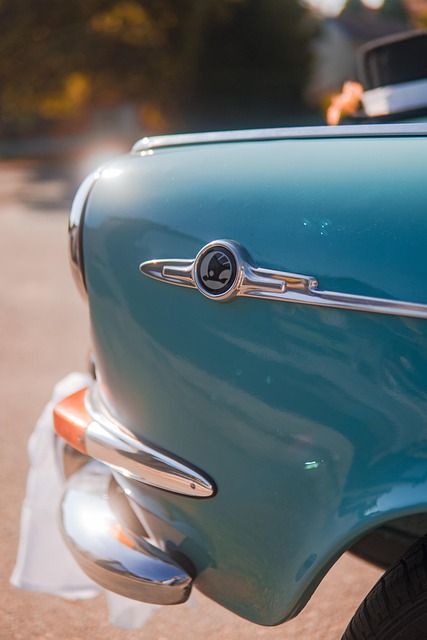
Roof panel replacement is a crucial aspect of modern auto maintenance, serving as a necessary upgrade for both safety and aesthetic purposes. As vehicles age, their roof panels can become damaged due to various factors like harsh weather conditions, accidents, or simple wear and tear. This isn’t just about aesthetics; damaged roof panels can compromise the structural integrity of a vehicle, posing potential safety hazards during driving.
In light of this, auto body shops need to be equipped to handle roof panel replacement efficiently. It’s not merely a process of swapping out old for new; it involves specialized skills and tools to ensure precise fitting and seamless integration with the rest of the vehicle. This upgrade not only enhances the car’s appearance but also contributes to its overall longevity, highlighting the importance of keeping up with regular auto maintenance and repair services, including bumper repair and auto body painting, to maintain optimal vehicle condition.
– The current state of roof panel repair and replacement methods

The current landscape of roof panel repair and replacement is evolving rapidly, driven by advancements in materials science and an increasing demand for faster, more efficient solutions. Traditionally, damaged or worn-out roof panels were often repaired or replaced as part of broader vehicle bodywork repairs, requiring extensive time and labor. This process typically involved disassembly of the affected area, inspection, sourcing compatible replacement parts, and meticulous reinstallation—a labyrinthine procedure that could significantly impact a repair shop’s efficiency.
However, modern methods are transforming this narrative. Roof panel replacement techniques have become more streamlined, with specialized tools and precision manufacturing enabling quicker, more precise repairs. This shift is further fueled by the growing popularity of car paint services that offer not just aesthetic improvements but also structural reinforcement. As a result, repair shops are able to service their customers faster, reduce labor costs, and enhance overall operational efficiency while maintaining high-quality standards in auto body repair.
– Common issues leading to the need for widespread roof panel replacements
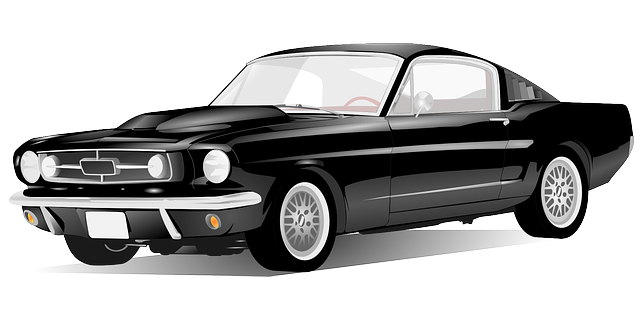
Roof panels are a vital component of any vehicle’s structure, providing both protection from the elements and aesthetic appeal. Common issues leading to the need for widespread roof panel replacements include severe weather conditions, such as intense storms and hurricanes, which can cause significant damage to the roofing system. Debris impact during these events often results in cracks, punctures, or complete detachment of panels, necessitating immediate repairs.
Additionally, age and wear-and-tear play a substantial role. Over time, roof panels may weaken due to exposure to UV radiation, extreme temperature fluctuations, and general use. This deterioration can lead to rust, corrosion, and structural compromise, making replacement inevitable. Moreover, accidents involving vehicles—especially those with high-speed impacts—can cause extensive damage that extends beyond the visible surface, requiring not just panel replacement but also comprehensive auto bodywork and vehicle restoration in some cases.
Roof panel replacement has emerged as a game-changer in the automotive repair industry, streamlining efficiency and reducing downtime. By adopting modern techniques and addressing common issues head-on, repair shops can significantly enhance their service capabilities. This strategic shift not only benefits businesses but also ensures faster turnarounds and higher customer satisfaction, solidifying the importance of roof panel replacement in today’s competitive market.
